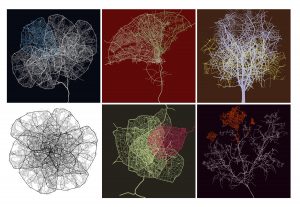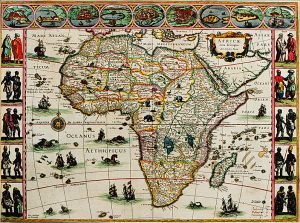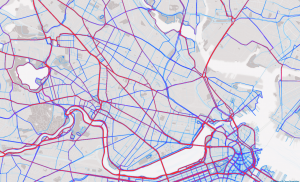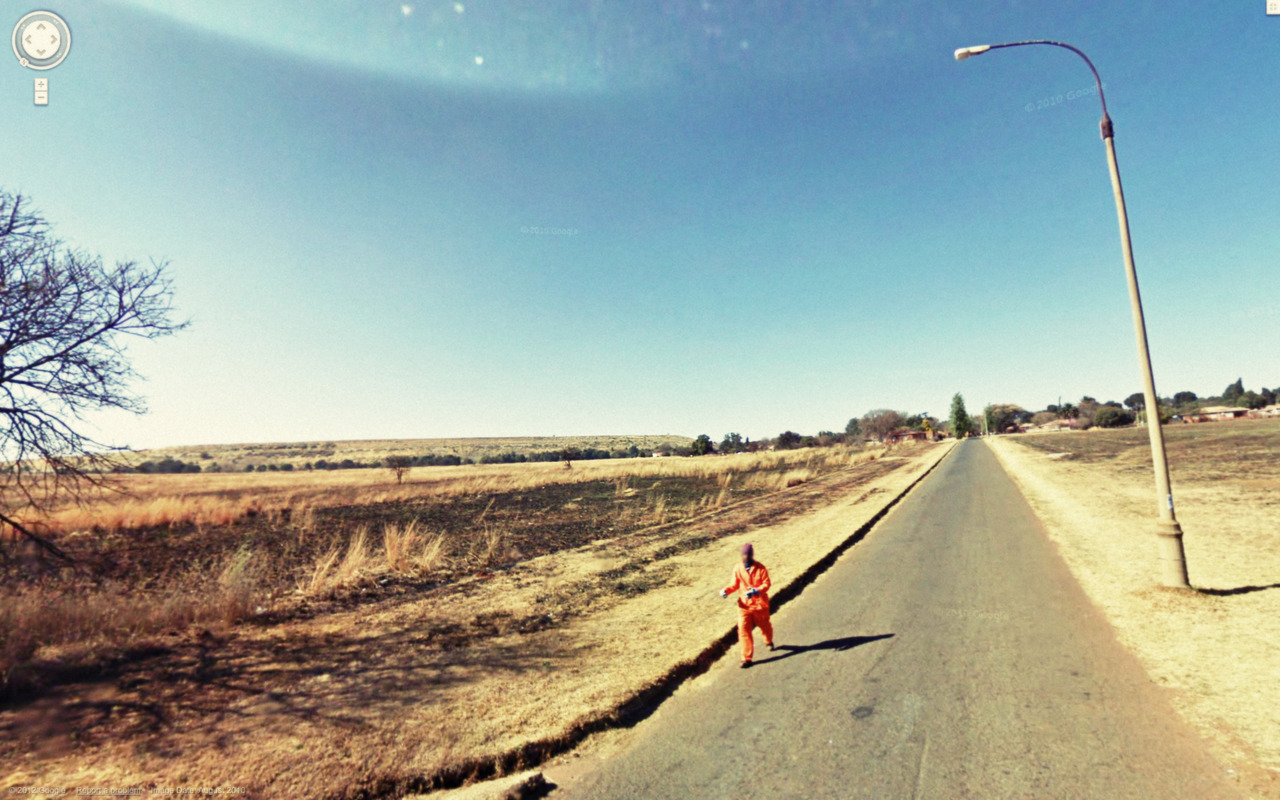Pages from Shunjie Huang_Assignment1
Facts based on/produced by facts.
Pages from Shunjie Huang_Assignment1
Facts based on/produced by facts.
I wonder what these icons mean!
http://www.soundsurvey.org.uk/index.php/london_unseen/pitcairn/
BikeMaps.Org
A Crowdsource Tool for Global Mapping
of Cycling Safety
May 2007 to May 2017
BikeMaps.org is a website that bikers can share their cycling experience through this website. This website collects the information about cycling safety, hazards and bike thefts
and then uses GIS and statistics to identify hot spots of cycling safety, risk, and crime.
Excepting for the hot spots of incidents, this website also shows rider density data. This data comes directly from the Strava cycling and running mobile tracker application. Using Strava, bikers can track their commutes and recreational rides using their Android and
iPhone. This website can show data that collected in recent ten years and the map shows data reported by bikers and official report(such as ICBC report).
Compared with the cycling map made by Vancouver government. I think the advantages of bikemaps website are that the website keep updating the latest data and bikers are able to find the real-time density in the bikeways.
link:
http:// bikemaps.org
http://vancouver.ca/streets-transportation/cycling-routes-maps-and-trip-planner.aspx

LEE JANG SUB ComplexCity Year Completed: 2008
“This project is an exploration to find a concealed aesthetic by using the pattern formed by the roads of the city which have been growing and evolving randomly through time, thus composing the complex configuration we experience today. I perceive the city’s patterns as living creatures that I recompose to form an urban image.”
— Lee Jang Sub http://www.leejangsub.com/
The geographical information provided by this map is not important. It is the author’s action: selection, neglection, and elimination that transformed his personal imagination to comprehensible graphics that gives the map new significance.
Think about it: How much can we trust the information of the map when we know like most cartographers of the time, he was not an explorer himself and he drew his maps from the accounts of explorers, traders, and travellers?

http://chnm.gmu.edu/worldhistorysources/unpacking/mapsanalysis.html#
app/website
http://labs.strava.com/heatmap
User data from over 170 million bike rides and runs from 2015 is overlayed on a tiled map using data from Mapbox and Open Streetmaps. Toggling between bike rides, runs, and both, reveals the ways in which Strava users traverse roads, paths, and in between. While the data is compiled by computer engineers, it is created by the millions of users who attached GPS devices to their bodies or bikes in an attempt to measure their speed, distance, heart-rate, energy output, etc.

http://www.firstvoices.com/en/Hlgaagilda-Xaayda-Kil/stories
(the exact story I presented is not located on this website as it was obtained first hand and the file is not able to be posted – alternatively other Haida – Hlg̱aagilda X̱aayda Kil – stories are provided above)
https://www.google.com/maps/d/viewer?ll=48.99545253486705%2C-123.7910270736084&spn=0.120051%2C0.207195&dg=feature&msa=0&mid=1E_H17pirVICYyT2wMpojCU8O0H8&z=13
_________________________________
“Colonizers produce knowledge of a territory within a specific framework that allows them to understand and ‘know’ place on their own terms. The ‘imaginary geography’ justifies possession over space by privileging the colonizer’s representations of territory.”
– Matthew Dyce
“Modernity constructs it’s other as a way of privileging itself”
– Edward Said
“Indigenous place names are not simply geographic identifiers; they are houses for layers of information, including cultural and historical knowledge, environmental conditions, availability of resources, and Aboriginal identity”
– Müller-Wille, 1989; Thorton, 1997; Cruikshank, 1990
Sam McFaul
 Image credit: http://9-eyes.com/
Image credit: http://9-eyes.com/
Quotes from Susan Sontag, On Photography, 1977:
“Strictly speaking, one never understands anything from a photograph….Today everything exists to end in a photograph.”
“The camera makes everyone a tourist in other people’s reality, and eventually in one’s own.”
“Needing to have reality confirmed, and experience enhanced by photographs is an aesthetic consumerism to which everyone is now addicted. ”
[[[[//////////////////////////\\\\\\\\\|||||||||||||||||||||/////]]]]]9 –Eyes is a project by Canadian Artist Jon Rafman. Begun in 2009 and continuing to the present, this series is a sort of street photography taken from within mapspace. Rafman takes screenshots from the ever-evolving, distorted, and stitched web of Google Street View panoramas and posts them to this blog: 9-eyes.com. The artist, rather than strolling physical streets, drifts through cyber geospace and retroactively finds the ‘decisive moment’ described by Cartier-Bresson in poetic, violent, turbulent, pastoral, comical and ultimately ambiguous scenes. I would like to use 9-Eyes to dismantle Google Street View’s supposed neutrality.
Maps have tended to focus on geographic space and index human artifacts– our roads, houses, tweets, traffic patterns etc—as opposed to humans ourselves. Google Street View is both laudable and problematic for the inclusion of people within its archives. As some of Rafman’s images begin to show, the subjects captured are of a certain demographic. This is because, the street view cars equipped with (originally 9) but now 15 cameras only venture out in the brightest (shadowless) hours of the day, meaning most white collar workers are not occupying the street. Instead, the privacy of prostitutes, criminals, the elderly, and children to name a few, is arguably unevenly violated. While the algorithm blurs faces and license plates, it is far from perfect, and people are often identifiable. On the other hand, the repository of images of people could be mobilised for good, to illustrate, argue or prove.
However, this blurring of identity mirrors and exacerbates our lack of empathetic recognition of fellow humans. Rafman’s images are mined from countries around the globe, and divorced from their immediate context we struggle to understand the circumstances of each image and the identity of the people within in. I read this as a comment on the digital proximity yet estrangement with others we face on social media today. The presentation format of a never-ending blogroll also contributes to this blur, as images meld together in front of the viewer, without reference.
The endlessness of Rafman’s blogroll critiques another facet of mapmaking and our online culture today: that we are faced with overwhelming amounts of data, information, and even maps available on and through the internet. This also points to another bias in Google’s Street Views. They hide their implicit authorship of the maps, behind the sheer amount of their data. In their totalizing mission, the data takes on a life of its own, they can no longer be seen responsible for the immense amount of it. Instead, it falls on the viewers to find and report any violations, or aberrations in the maps.
Rafman performs a sort of archeology of this data archive. He sifts through this constantly updating mapscape and preserves certain views, recontextualizes, or even maps them. Though originally taken by a computer-driven camera program, digitally stitched together and distorted, Rafman adds a human dimension by finding, and selecting these pictures. While certainly problematic, this has the effect of personalizing the visual data. Rafman’s project shows us how Street View is far from neutral and brings us simultaneously closer and farther than ever from the places and people represented on the map as we look on in amusement, horror, bewilderment and laughter.
LINKS:
by: T.Rolls, C.Winters, & S.Marcondes
Solstice, 2011
Public art installation with projection mapping
location 49°16’27.24”N, 123° 7’27.56”W
20’-0” x 10’-0 suspended at 15’-0” overhead from a wood canopy
Vancouver is a notoriously rainy city in the winter and on the rare sunny day; most people are stuck indoors working. Solstice was a public art installation that sought to bring the feeling of sun and warmth to the night sky for everyone to enjoy in the dreary winter months.
By collecting HD timelapse footage of bright, colourful Vancouver skies and using 3D projection mapping techniques, projected onto a custom sculpture, Solstice created a spatially augment reality for the viewer. The result was an abstract window into a brighter world. The project creates a representation of an enticing environment through a visual storytelling experience for the viewer. The physical narratives of this work are based in optics, illusion and the investigation of the>perception of reality (Hfour, 2017).

Hfour. (2017). Hexastart: A Video art installation featuring projection mapped geometric high-relief sculptures. Accessed from http://hfour.ca/portfolio-item/hexastar
Solstice. Tim Rolls. Vimeo.